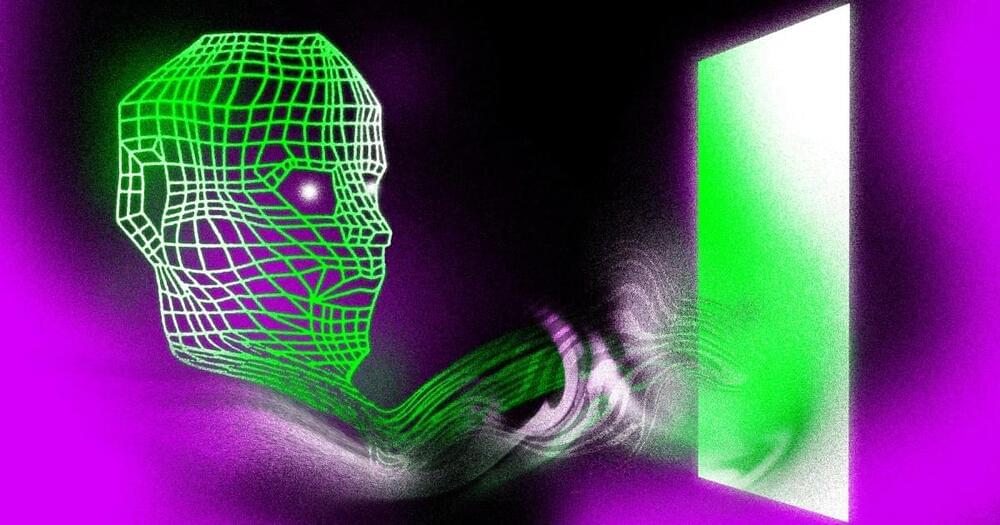Don’t put anything into an AI tool you wouldn’t want to show up in someone else’s query or give hackers access to. While inputting every bit of information you can think of in an innovation project is tempting, you have to be careful. Oversharing proprietary information on a generative AI is a growing concern for companies. You can fall victim to inconsistent messaging and branding and potentially share information that shouldn’t be available to the public. We’re also seeing increased cyber criminals hacking into generative AI platforms.
Generative AI’s knowledge isn’t up to date. So your query results shouldn’t necessarily be taken at face value. It probably won’t know about recent competitive pivots, legislation or compliance updates. Use your expertise to research AI insight to make sure what you’re getting is accurate. And remember, AI bias is prevalent, so it’s just as essential to cross-check research for that, too. Again, this is where having smart, meticulous people on board will help to refine AI insight. They know your industry and organization better than AI and can use queries as a helpful starting point for something bigger.
The promise of AI in innovation is huge, as it unlocks unprecedented efficiency and head-turning output. We’re only seeing the tip of the iceberg as it relates to the promise the technology holds, so lean into it. But do so with governance—no one wants snake tail for dinner.








